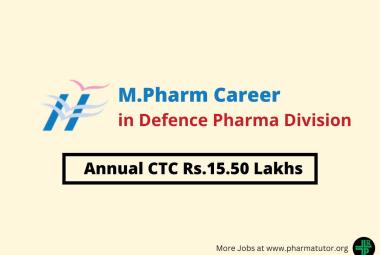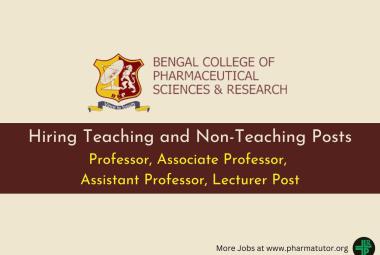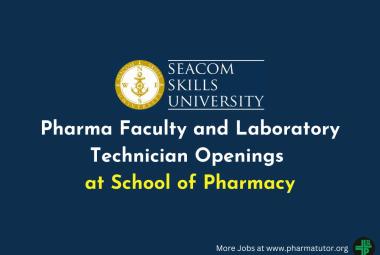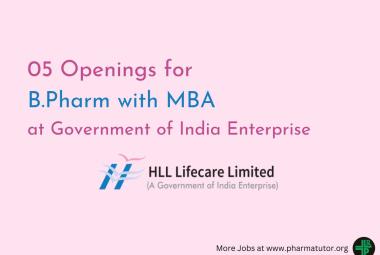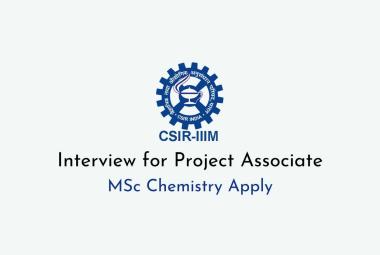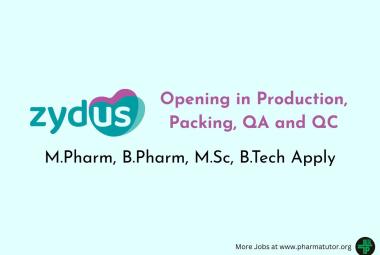A REVIEW ON: PHYTOCHEMICAL AND PHARMACOLOGICAL STUDY OF ANNONA SQUAMOSA
ABOUT AUTHORS
Diksha A. Narwade*, Dr. A. N. Aher
Department of Pharmacognosy,
MVP samaj college of pharmacy,
Gangapur road Nashik, Maharastra, India
{ DOWNLOAD AS PDF }
ABSTRACT
This paper gives the information about the Annona squamosa Linn. (Family: Annonaceae). Phytochemical and pharmacological studies of medicinal plant were performed. The plant is highly used traditionally for curing diverse diseases and disorders. It is locally known as “Sitaphal'' in Hindi. Macroscopical & microscopical studies of leaves have been studied. The phytochemical studies showed the presence of amino acids, terpenes, lipids, steroids, flavonoids, ascorbic acid, tannins, vitamins and alkaloids. The plant has various pharmacological actions such as insecticidal, purgative, laxatives, astringent, anti-inflammatory, antidiabetic, anti-ulcer, anti-oxidant, antimalarial and antibacterial. The reveiw specifically deals with the phytochemical and folkloric medicinal importance of plant.



 ABOUT AUTHORS
ABOUT AUTHORS